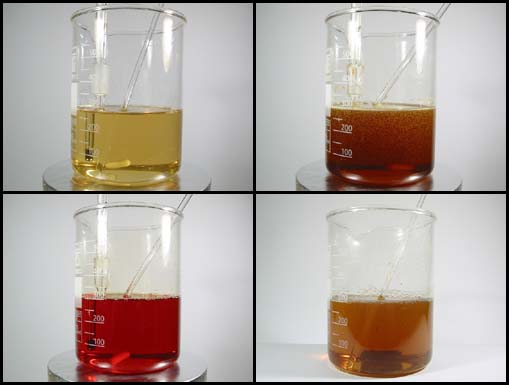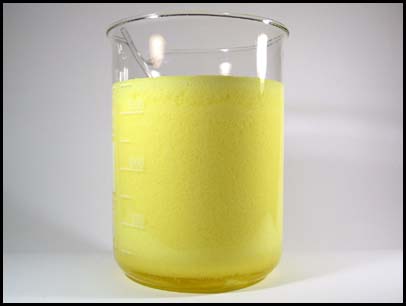Originally posted by Joeychemist
| Quote: | Originally posted by Ajantis
I had no problems with the procedure exept when adding nitric acid to phenol 4 sulphonic acid... i perfomed this step outdoor, my acid were chilled to
-15C so the reaction took about 20 min to begin but when it started a HUGE cloud of NO2 developed, i've never seen so much NO2 in a time, the
cloud was about 6m long, and at 10m distance i could clearly smell its odour  So, Be careful with this step!
So, Be careful with this step! |
That sounds to me like you had a partial runaway reaction  There should not be
a giant cloud of Nitrogen Oxides, but only a very small amount produced during the entire reaction. Did the temperature rise considerably? There should not be
a giant cloud of Nitrogen Oxides, but only a very small amount produced during the entire reaction. Did the temperature rise considerably?
If it was a partial runaway you are very lucky that you did not get hurt, but next time you may not be so lucky...
[Edited on 4-8-2005 by Joeychemist] |
 So, Be careful with this step!
So, Be careful with this step! 


 .
.

 .
. .
. I'll redo all improper synths on my site, and
filter it's contents a bit. (like that AP electric detonator ... that HAS to go!!)
I'll redo all improper synths on my site, and
filter it's contents a bit. (like that AP electric detonator ... that HAS to go!!)